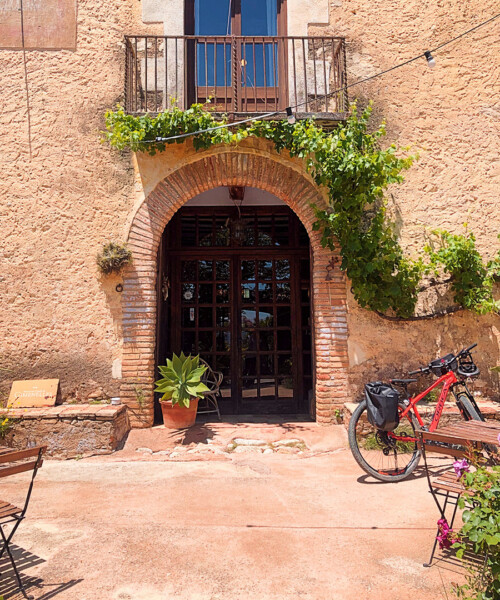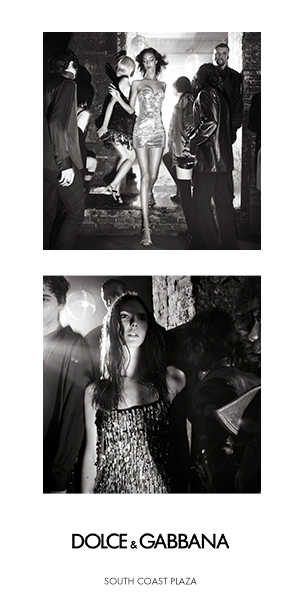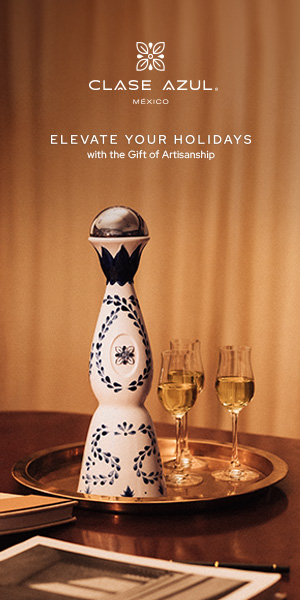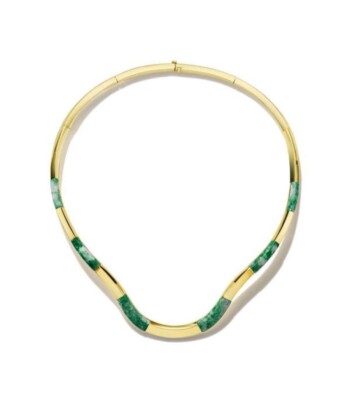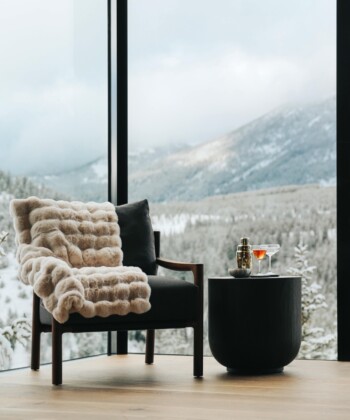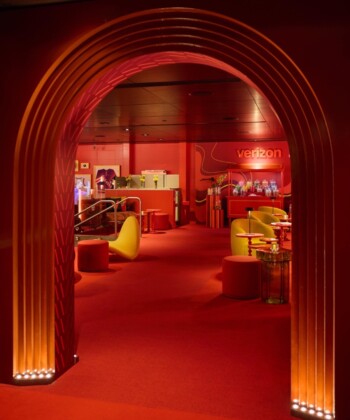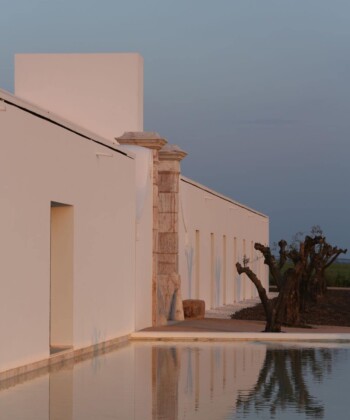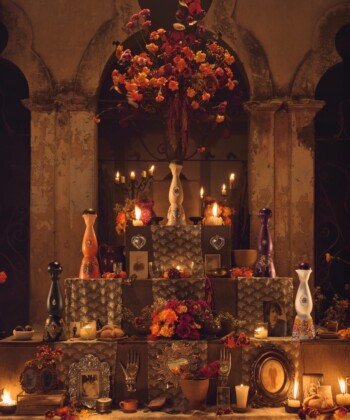Think of Penedès as Spain’s equivalent to France’s Champagne region, both in quality and culture. Wine makers have been conjuring up Cava—Spain’s parallel to Champagne (the sparkling wine)—here for centuries. Dissimilar to the prestigious hills of Champagne, Penedès is decidedly more relaxed. A laid-back air means most nights are spent sipping bubbly late into the humid nights while billowing Spanish guitar acts as a musical backdrop. Excellent Spanish cuisine is around every corner, both Michelin-starred and street food-style, and rolling hills of vineyards unfold over the landscape. The region pulls in a mix of wine world insiders and overflows of Barcelona’s city slickers (the Spanish metropolis is just forty minutes away) who congregate to the area to explore the 300 bodegas (wineries).
The best way to experience the region is to take a long, languid ride through the region’s (beginner biker-friendly) rolling hills. Stop often to soak in the scenery or for a well-deserved tapas break. While you could do so via a driving tour of the region, travel company Inntravel offers wine lovers a more leisurely option with a self-guided luxury bike tour that explores the region at a slower pace.
A tour guide will drop off a kitted-out cycle (complete with bike bags for bringing home bubbles) and map out a route to take you from a cozy bed and breakfast to chic vineyards to sunsets by a quiet poolside. Days never push bikers farther than thirty kilometers, as the route is designed to let riders stop frequently or peddle slowly. No heavy-duty biking experience necessary.
So, pack your bags and stretch your legs: here’s how to best explore Spain’s bubbly region.
Day 1: We land in Barcelona, where a car is waiting to whisk me up to the Penedès region. It’s under an hour away and my plane-weary self is thankful for that. I watch out the window as Barcelona floats away in the sunset and the road weaves up through mountain passes.
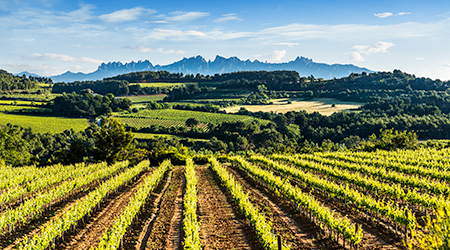
Penedès, Spain
We arrive at Hotel de Gimenelles, our home for the first night. The 18th-century home has been lovingly restored by Mayte and Jordi, and now the pastel-hued stone home is surrounded by lush, floral and fruit-filled gardens laced with canopies of string lights. I rest up for the week ahead of me, grateful for the buffer night before the itinerary jumps to a start tomorrow, with a glass of wine from a small-scale producer down the road. Jordi is an accomplished chef, so guests are treated to a three-course meal of local favorites like delicate mushroom pasta and less-delicate but deliciously rich baby back ribs.
Day 2: Time to rise, shine and stretch. Jordi sends guests off with a full European breakfast spread including espresso, charcuterie, pan con tomato, and orange juice pressed from the fruit that hang from the trees above us.
Today’s route snakes me up the side of a forest-filled range of hills. The views from the top provide uninterrupted vistas of the region, but it’s clear: the two SoulCycle classes did not prepare me for the bike up the hill. The unusual jagged peaks of the Montserrat mountain range crown the hills in front of me, taking my mind off the climb for a short second. Just as my legs start burning, we hit the downhill, and it’s glorious. A cool Spanish breeze flies through my hair as vineyard after vineyard whips by me.
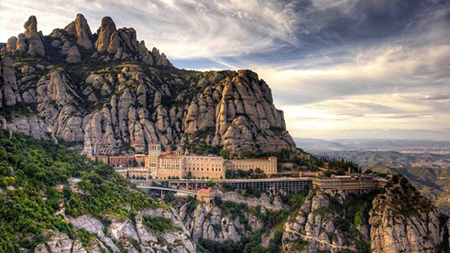
Montserrat Mountain range
I’ve earned a break, I declare, as I turn into Pares Balta bodega. Founded in 1790, the family-run vineyard churns out cult-loved organic bubblies, reds, and whites. Their Brut Nature Cava (aged 24 months) is one of the best in the region, so sink into a spot on the terrace, order a glass and a snack of pan con tomate (a locally-loved dish of fresh tomato and olive oil smeared over toasted bread). The winemaker on duty informed me that a glass of bubbly would boost my biking. I think it worked.
Once I can feel my legs again, I peddle out of the vineyard and onto the road to the village of La Rovira Roja. After a short ride through the town and a maze of vineyards, I arrive at Cal Ruget, our base for the next few days. By the time I unpack my suitcase and lock up my bike, it’s still late afternoon – plenty of time to dip in the pool and flick through a magazine or two. Owner Nuria whips up dinner, a parade of fabulous local dishes: stuffed peppers in a cheesy cream sauce, fall-off-the-bone pork belly, sardine bruschetta, and light-as-air tangerine tarts.
Day 3: After a home-cooked breakfast of croissants, pastries, local cheeses and tortilla francesa (omelette), our target is the Torres Bodega. The famed wine and brandy house, with its manicured lawns and sprawling property, offers tours in all languages, but less-committed visitors can pop into the tasting room to try some of their most famed vintages (including Mas La Plana, the wine that championed Chateau Latour at the Paris Wine Olympiad).
Post-tour, I meander my bike down a small path that hugs the highway, on a road that draws me into Vilafranca, a charming Catalan town and the epicenter of Cava production. It’s a glorious day, hot and clear with a mild breeze to downgrade the Southern Spanish sun. After parking my bike at the tourist office, I stop to rest my legs at a tapas spot in the Medieval square, though the Michelin-recommended Cal Ton is an excellent place to set up camp. After a lunch of grilled squid and patates bravas (and Cava. Always Cava).
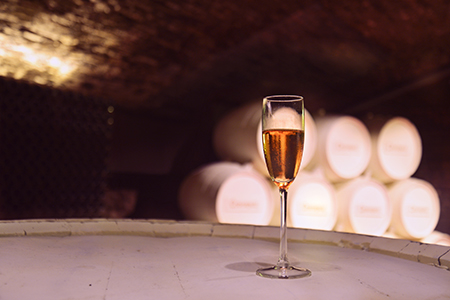
Cava
The city has four famed food markets, but the crown jewel is the Vinseum, a literal wine museum housed in a medieval palace. Detailed exhibitions following the vinification process are laid out over three floors, and of course, each tour ends with a Cava tasting in the museum wine bar. After the museum, pop into any of the bodegas (Cellars Descregut is a favorite) to taste local wineries.
Day 4: By day four, though my interest in cycling has never stretched beyond getting groceries on my city-ready fixed gear, I’m feeling like a seasoned bike expert. Today, we’re headed North, to Sant Sadurni d’Anoia. The road there is spectacular, leading through quiet forest paths and atop medieval-era bridges over cavernous cliffs.
Sant Sadurni dubbed the Cava Capital of the region, and it leans heavily into the title. (There’s even an annual Phylloxera festival early September and a bubbly-dedicated Museum in the center of town.) It’s easy to spend an entire day here, visiting the museums, taking a Spanish-style lunch or touring Simon Call’s artisanal chocolate experience. When you do tear yourself away from the town, stop by Cavas Freixenet educates visitors on the age-old process in an hour long tour, complete with wine tasting (or grape juice for those not partaking) and a guided stroll of the cellars.
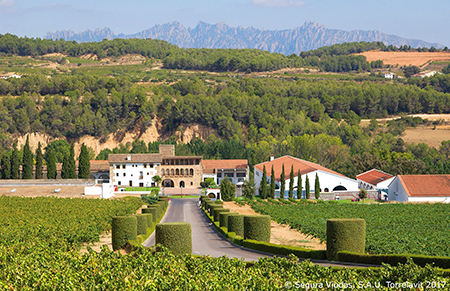
Cavas Freixenet
My last stop today is the famed Cava house, Codorniu. Needing little introduction, the famed vineyard is one of the oldest in the country – roots can be traced back to 1551. A tour is a must here, as a guide weaves you through the striking Modernist buildings (dubbed a national Monument of Historical and Artistic Interest) designed by Josep Puig I Cadafalch and the miles of tunneled cellars. A tour and tasting later, the Inntravel folks pick my bike and I up—winery-hopping doesn’t pair well with a cycle home—and whisk us off to our last night, with plenty of time to relax by Can Canyes’ pool.
Champagnes, Cava, and bubbly drinks of all backgrounds are historically celebratory, uncorked to celebrate mountains climbed or successes won, and after biking eighty odd kilometers through the hilly terrain, the glass of fizz on my last night feels just that.

























